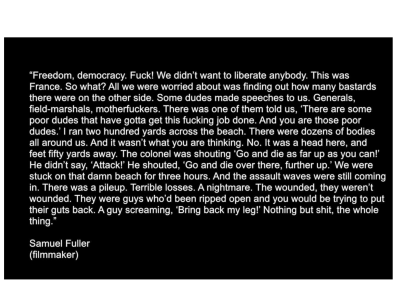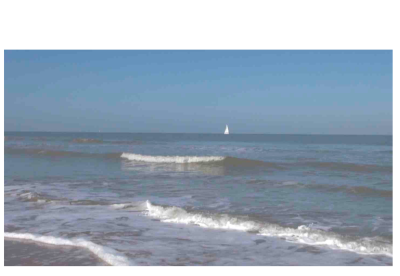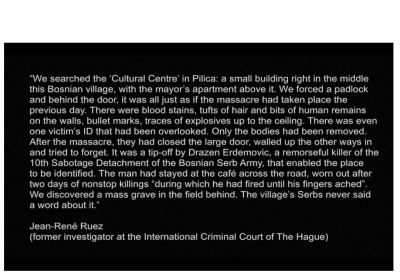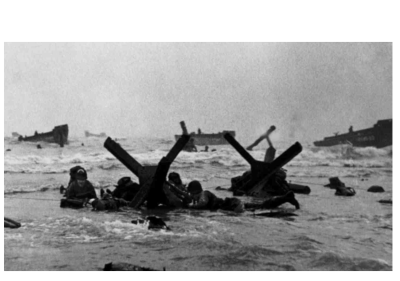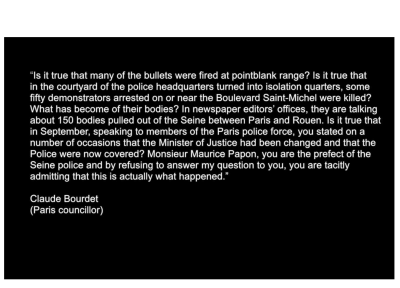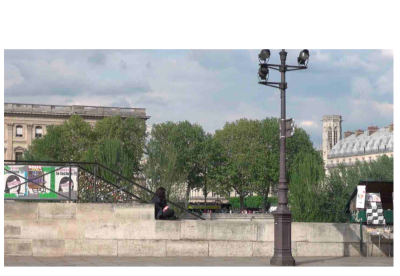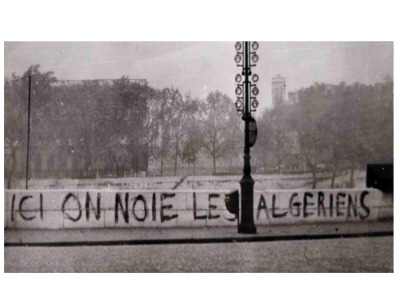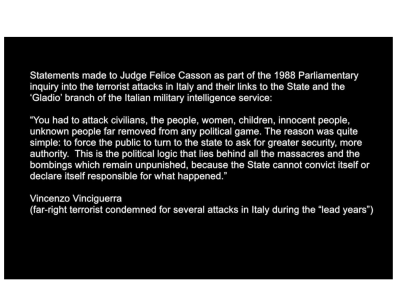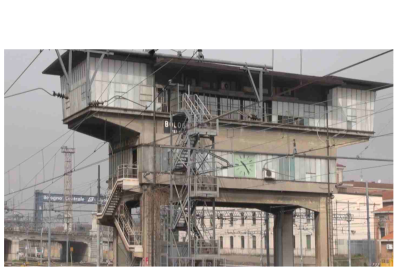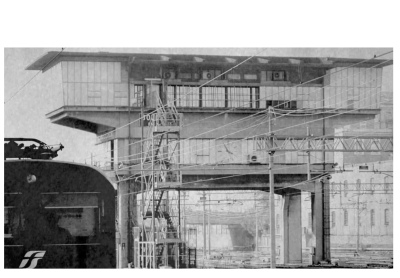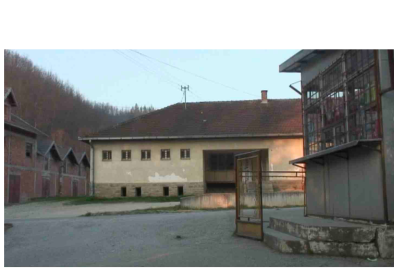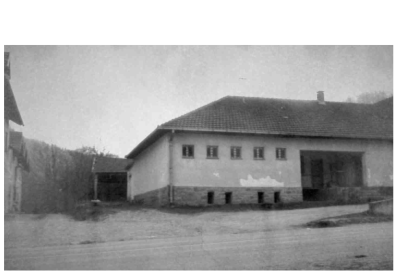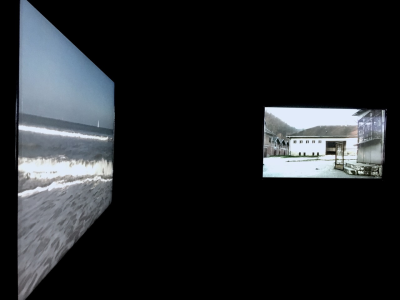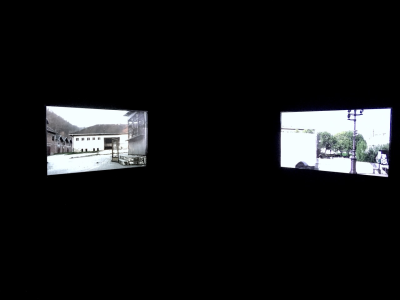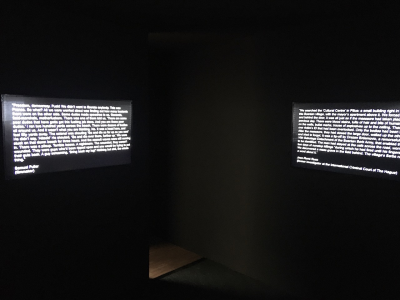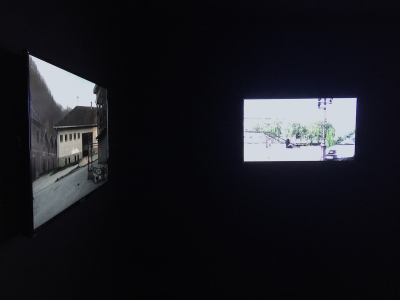Todesfuge
—
Cinematek Brussels – 2016
VIDEO INSTALLATION
The title “Todesfuge” (a reference to the poem which Paul Celan wrote in 1945) obviously summons the idea of death, “Tod”, but this is combined with “fugue”, which as a musical term evinces the idea of a free repetition of the same motif with a series of variations, but in French also evokes a notion of escape, flight and disappearance.
A minimal, controlled interaction between text, photographic archival image and filmed image invites visitors of this “Todesfuge” to interpret the entire visual information that is proposed to them off-screen. Texts and images here exist in an autonomous manner as a radical subject in their own right, and invite to a genuine critical reading of what is tackled outside and within the frame of reading. It is therefore paradoxically a form of absence which induces the presence of the elements in this “Todesfuge”.
Four videos are shown on four plasma screens, which are arranged in a circle. By way of a short film, each screen testifies to a historic massacre in Europe: a sacrifice of soldiers, a terrorist attack, the bloody repression of a demonstration and the massacre of a civilian population. The structure and duration of each film are always the same: first a sign with a white text on a black background gives the commentary of a privileged witness of the event. Then comes the title giving the place of the tragedy, followed by a colour film shot nowadays with a stationary camera at the very spot where the event had taken place. The film ends with a black and white “post-scriptum”: under the archival photo on which the colour film was based, a legend gives the facts: dates and number of victims. The four films evoke the following events:
The Normandy landing at Colleville-sur-Mer on 6 June 1944.
The repression of an FNL demonstration in Paris on 17 October 1961.
The bomb outrage at the Bologna train station on 2 August 1980.
The massacre of Muslims at Pilica in Serbia on 16 July 1995.
These four short films arranged as an installation question the underlying mechanisms that fashion the iconography of our collective memory. They criticise what is presented today as historical truth, they evoke what was intentionally evaded, concealed, altered, and finally, they visit the manufacturing process of an official version of history.
—